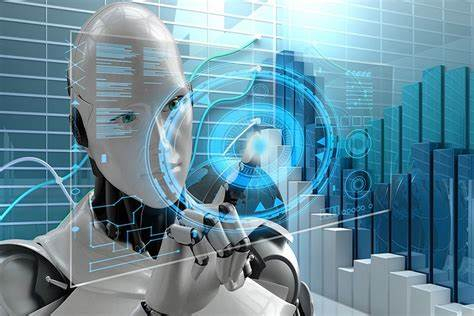Artificial Intelligence is making fast progress in the real world. We hear about new AI tools almost every day. Now, the arrival of GPT-4 has given rise to a new phenomenon, AutoGPT. This new GPT tool aims to take AI to the next level as it seeks to make GPT-4 entirely autonomous. AutoGPT. The development of this revolutionary tool started with an open-source Python application, which has the same name. Let us dig deeper into what is Auto-GPT, and how it works.

What is AutoGPT?
It is an AI-powered application that utilizes the power of the GPT-4 language model to develop and manage businesses autonomously. AutoGPT is designed to use data-driven decisions and take actions based on these decisions.
The basic function of the program is to analyze market data, discover valuable business prospects, and take action to capitalize on such chances. The program uses a complete spectrum of financial data, market trends, and social media activities to identify the best opportunities that exist for the business. After this, it develops apt strategies and even executes them. And you might be amazed that all this is done with little or no human intervention.
How Does it Work?
AutoGPT is powered by the most advanced AI language model GPT-4, which means, it uses natural language processing to analyze and understand written and spoken language. It is trained on a wide range of data sources, including market trends, consumer behavior, financial data, and social media activities. Its ability to understand market opportunities and make quick decisions to increase the net worth of the business is derived from the supersonic pace of processing a large amount of data and the ability to take quick decisions.
Potential areas of use:
AutoGPT is based on the most advanced version of the AI language model. From capturing new business opportunities to analyzing suppliers and logistics data it can perform various tasks, as a result, it is a versatile tool that can be used for a variety of tasks such as supply chain management, customer support, marketing, financial analysis, content production, product development, cybersecurity, human resources, translation, and more.
However, experts believe that it is at the initial stage of development, and its full potential and the flip sides are yet to be understood in detail. They believe that this innovation has the potential to revolutionize human-machine interaction, enabling more effective communication.









